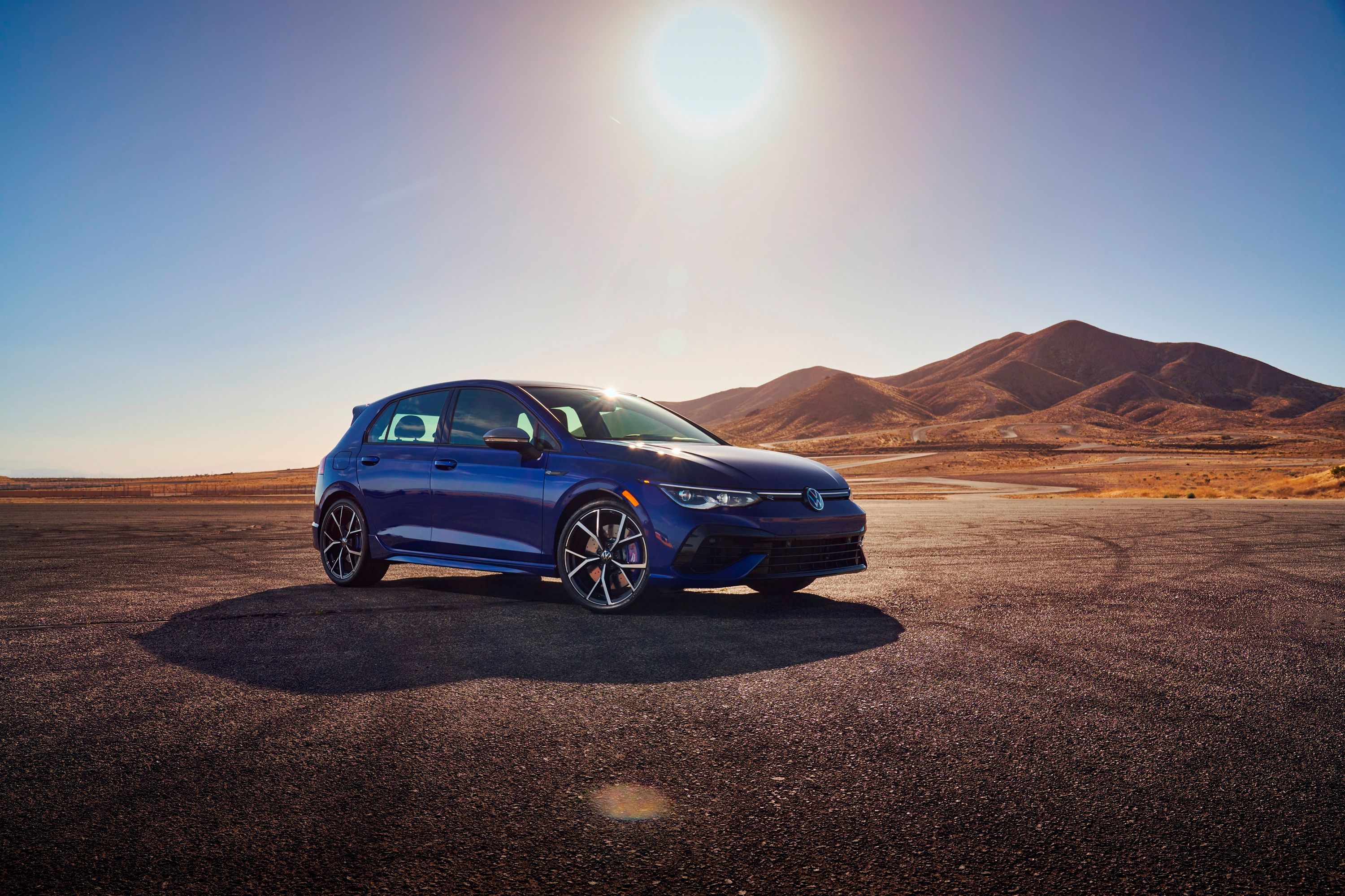
If you've ever played around on an online car configurator, you'll likely have gotten to the point of selecting a color. There, you'll usually see colors like black and white offered at no cost, while vibrant shades of red, green, blue, or other colors cost a few hundred bucks extra. But why is this? Are manufacturers trying to force you into choosing colors that are cheaper to produce? The short answer is no. After all, why would BMW offer the new M4 in Sao Paulo Yellow? Why are there new colors for the Chevy Corvette? And why is the Ford Bronco offered in so many eye-popping hues?
Volkswagen's Senior Color and Trim Designer Jung Lim Park says that "color is always shifting, and our color perception is always evolving depending on what we see." According to Volkswagen, from 1950 to 1970, "colorful hues of aqua, cherry red, salmon, and gold [were] a common sight on the road at that time." But from 1970 to 1990, drivers started transitioning towards neutral colors like browns, greens, and beiges.
Today though, variations of white, black, gray, and silver make up over half the market, while red, green, and blue hues make up just 21 percent of cars sold in 2020. The reasons for this are linked to many factors, from insurance rates to resale values, and with most people viewing colors like black as classy, more people choose demure shades.
These color preferences tend to be regional, and different environments can influence this. According to Park, "color preferences really reflect the unique social and cultural trends and even geography of a region." But with manufacturers experimenting more with bold colors and even using these to denote a type of car like an EV (blue is common here) interest in color diversity is growing. Even though the special colors of the Volkswagen Spektrum color program cost extra on the last Golf R, they all sold out.
Park says that demand for monochromatic shades will continue, but consumers are starting to show an increased interest in bolder colors because of the vibrant colors we see on the screens of smart devices and televisions. Ultimately, technology and access to more variety from the palm of our hands is influencing a shift towards more exciting colors.
